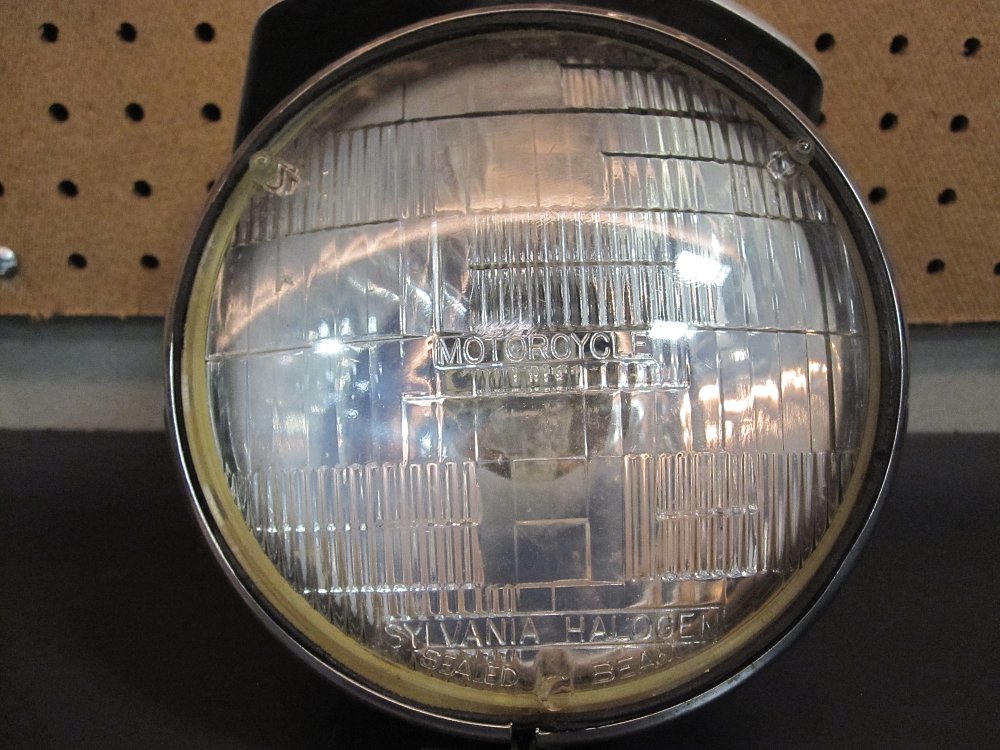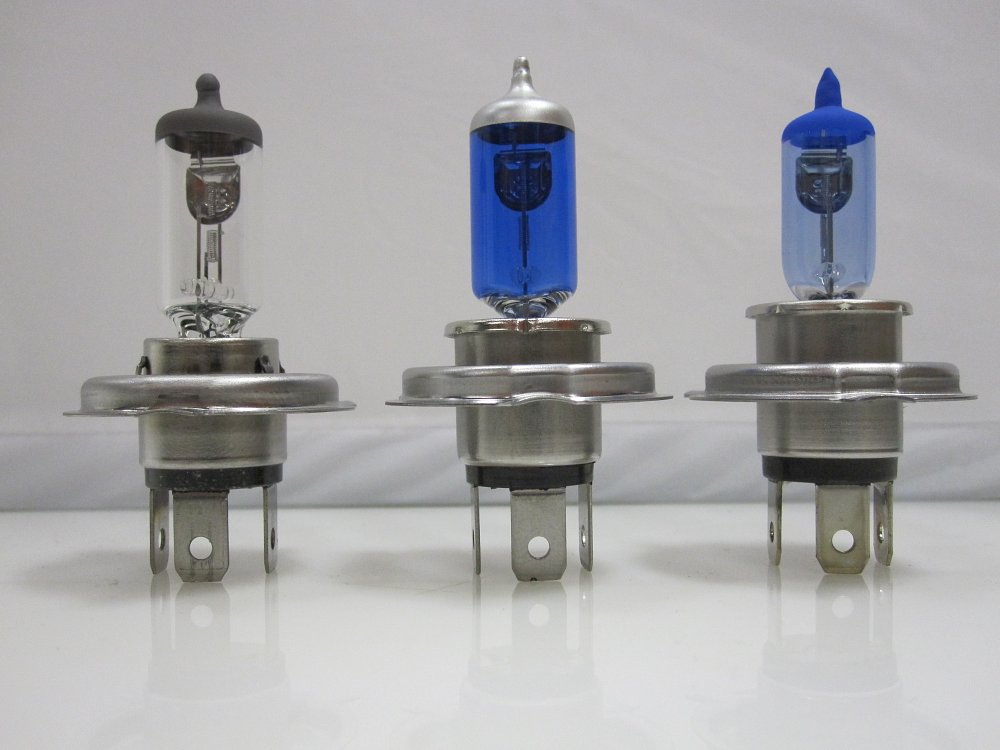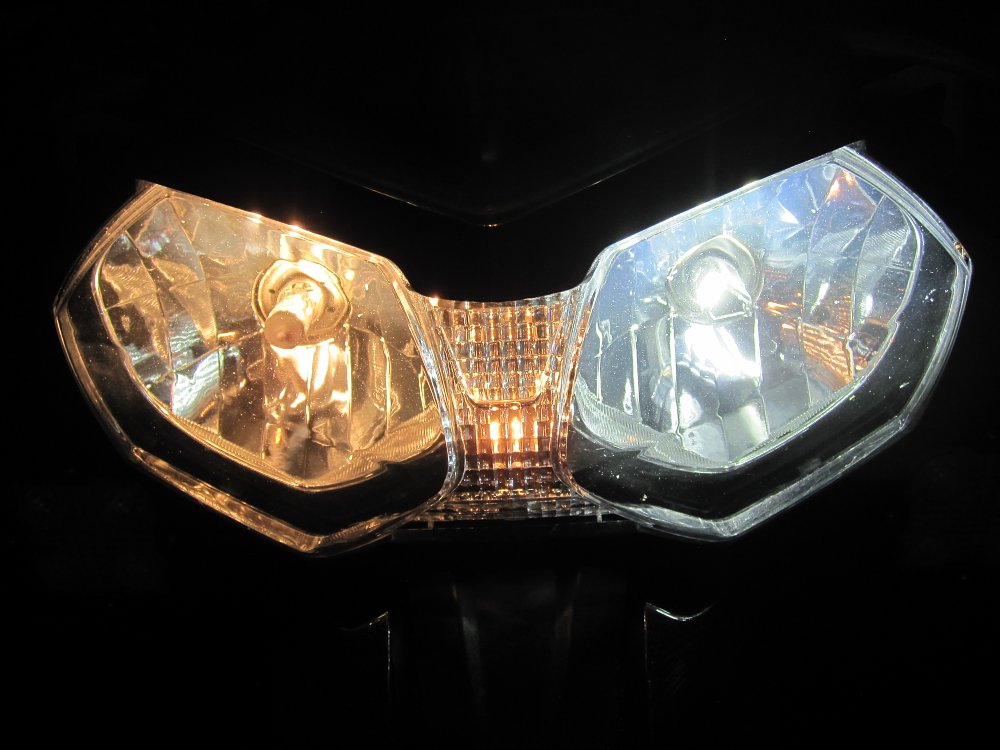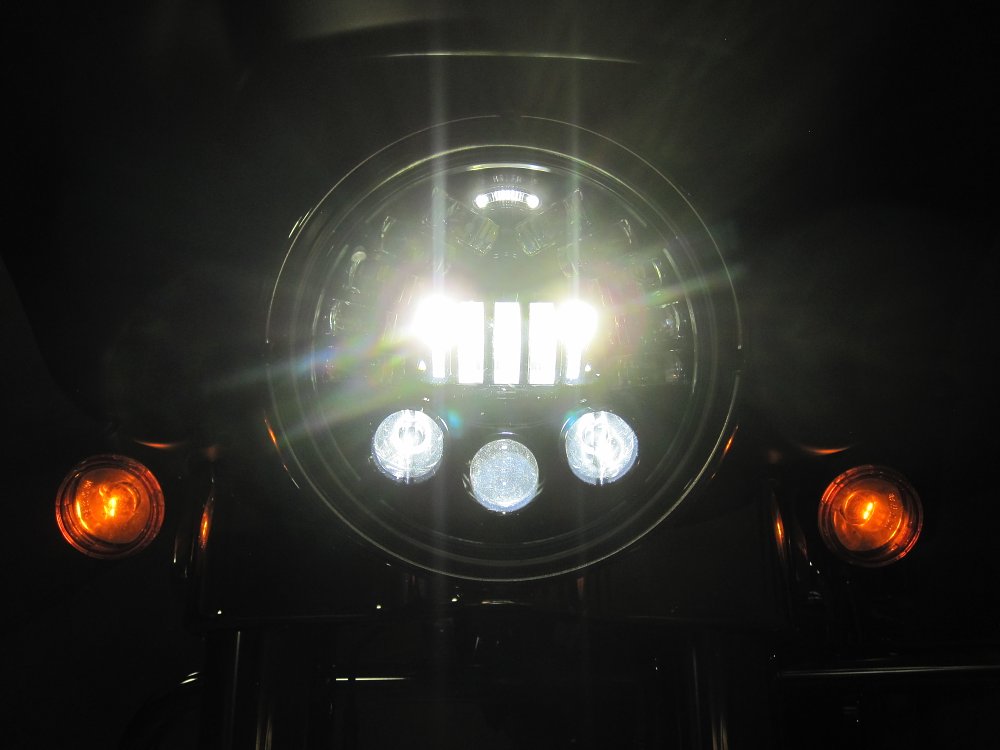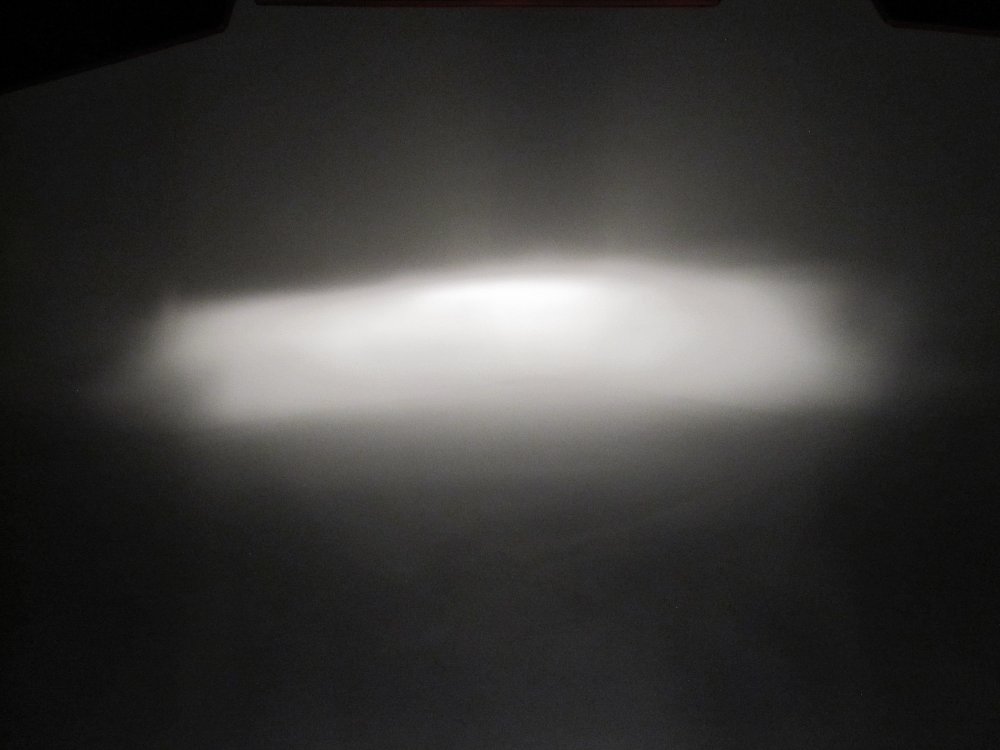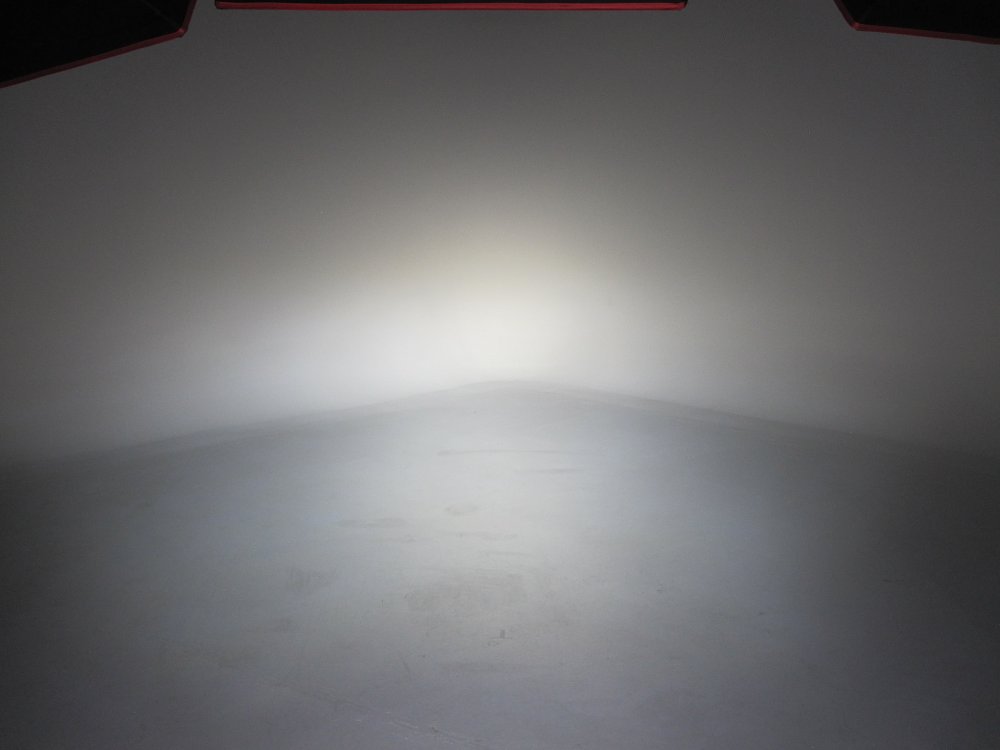As the daylight hours grow shorter, it is a good time to consider the state of your motorcycle’s headlight. Let's look at some options for improving your view of the road ahead as we ride into the darker end of the motorcycle riding season.
There are three ways to improve your lighting: first, making sure your stock setup is as good as it can be; second, upgrading your headlight with aftermarket options; and third, adding auxiliary lighting.
Making the best of your stock, OEM headlight
Start with the basics. Replace any burned out bulbs. Clean your headlight’s lens(es), check the aim and ensure all your connections, battery and charging system components are all in good condition. I remember thinking the headlight was unusually dim on my Triumph Scrambler 900 one night on a cross-country trip, only to find it completely caked in bug guts at the next gas stop. One minute with the windshield washer squeegee and my dim lighting issue was resolved.
Some older bikes have sealed beam headlight bulbs, which are round or rectangular glass bulbs with the filament sealed within. Sealed beam lights can become dimmer over time due to a variety of reasons. Sometimes a fresh sealed beam bulb is a big improvement over a tired one. Thankfully most auto parts stores offer inexpensive replacements. Also, there are many drop-in aftermarket upgrades which feature modern bulb technology such as LED lighting and even lean-angle sensitivity, which we will get to in just a sec.
Motorcycles not old enough to be using sealed beam headlights probably have incandescent or halogen lights. For these bikes, a bulb upgrade can work wonders for improving your headlight’s output. There are quite a few high quality options out there now with design features to help you see the road ahead, such as quartz glass for clarity and bright white color temperature for more visibility out of the same wattage as your stock bulb. We do not recommend installing higher wattage bulbs than what your bike was originally designed to handle. Doing so can result in melted headlight housings, fried wiring harnesses or a fire.
Best motorcycle headlight upgrade options
Beyond making the most of your stock headlights, there are plenty of other options available if you are willing to do a little extra work. For bikes with halogen bulbs like a typical H4, drop-in LED or HID upgrades are a worthy consideration. For older machines with sealed beam bulbs, replacement units are available that are the same size and shape as your originals, yet feature new technology found in modern bikes and cars and put out much more light while consuming much less energy and lasting vastly longer than older bulbs. Many of them even offer lean-angle-sensitive lighting built in, to shine additional light through corners as you lean your bike over. Pretty slick!
High Intensity Discharge (HID) bulbs are a type of electrical gas-discharge lamp that produce light by using an electric arc between electrodes housed inside a translucent or transparent arc tube. The xenon gas in these bulbs is what creates the light, which is why they are sometimes referred to as xenon bulbs. HIDs gained popularity in the 1990s on many high-end cars. They are identifiable by their dramatic warm up period, where they increase in brightness and their color temperature changes from a blue to a bright white color. They can produce about three times the amount of light as a halogen bulb using the same or less power. I personally recall going from halogen to HID headlamps for mountain biking at night and it really was a game changer. If you rode with a pack of riders with HIDs, the one poor rider with a halogen might as well have been holding a Bic lighter out in front of his bike for lighting up the trail.
Light Emitting Diode (LED) bulbs are rapidly becoming the gold standard in modern motorcycles and cars. Easily identifiable by their instant on/off and bluish-white color temperature, LEDs last nearly forever and consume the least electricity, compared to any other bulb type. Since LEDs are available in many shapes and sizes, manufacturers are able to create modular units, containing many LEDs in one housing, which is why they tend to be widely used in the sealed beam replacements as well as auxiliary lights. I switched over to an LED headlamp from an HID for mountain biking a few years back and found the performance to be unmatched.
The downsides of HID and LED bulbs are typically the cost and the need to hide additional components. They generally have larger bases, additional wiring, ballasts or cooling fans that need to be securely placed somewhere on your bike if there is not enough room inside your headlight housing. One last thing to consider when switching to HID or LED bulbs is that the reflectors in your headlight housing were designed around halogen bulbs, so the light pattern that is thrown by the new bulb type may not be optimal. I honestly do not like the hard-edged light that some LED headlights have compared to the softer edge halogens offer.
Adding auxiliary lighting
If your bike has the space to mount them and the additional power required to run them, adding auxiliary lights in addition to your factory headlight(s) is another option to help you see while riding at night. My bud, Peter, runs a set of Denali D4 auxiliary lights on his GS.
“What’s it like riding with those at nighttime?” I asked.
“Daytime,” he replied. It was the perfect one-word sales pitch for a worthwhile investment. Now I personally run a set on my Tiger 800XC and find them to be one of the best upgrades I have made to the bike.
If you have ever seen FIA World Rally Championship race cars during night stages, you can see that a lot of auxiliary lighting is required to keep them from outrunning their headlights. For motorcyclists, especially those of us with bikes that don't have the greatest stock lighting, there are other advantages, even if you're going a lot slower than race pace.
For on-road use, an extra pair of lights both increases your ability to see the road ahead and also makes drivers more likely to take notice take notice. Auxiliary lighting can give you a wider spread, so it may increase your odds of spotting that deer that's just off the road in the dark of night. If you don't want to alter the styling of your motorcycle much, a small pair of auxiliary lights can be attached at the lower portion of the frame or fork legs, where they will basically go unnoticed during the day or when the bike is parked.
For adventure touring, the benefits of auxiliary lighting are tough to beat. Being able to clearly see the rough terrain and texture of the soil with high powered lighting is a huge advantage. Keep in mind that the lower the lights are mounted on your bike, the larger the shadows that are cast by obstacles. I find that mounting the aux lights up high, specifically on ADV bikes, increases my ability to clearly identify rough terrain in the dark.
There are plenty of options available to improve the lighting of your motorcycle. Just be sure to weigh the pros and cons of each and consider which choices may be best for your machine and typical riding conditions. As always, feel free to reach out to our customer service team or leave questions or comments on this article if you need any help choosing lighting for your bike.





